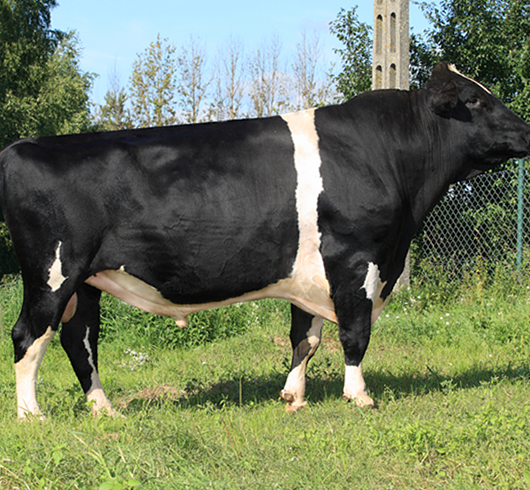
Modern Reproductive Technology for efficiency and profitability
Over the years, Nigerian farmers have contributed immensely to the food consumption capacity of the nation, feeding all and sundry with quality food despite many limitations encountered during production. It is almost needless to highlight the challenge of subsistence production, limited up-to-date production information, unorganized market, lack of government subsidies, among other production barriers faced by Nigerian farmers. Crop farmers on one hand have a leverage on which they thrive – the risk is limited and there
are available technologies to aid the production processes even on a small scale – leaving their livestock counterparts at the mercy of “Assumptions”. Livestock production remains vital to every economy not only because it is the main source of animal protein but also because of its capacity to create more jobs for the youths and the women. No doubt the risk in production of livestock is relatively huge, yet the mode of approach to livestock production as practiced by majority of Nigerian farmers leaves one with the conclusion that “livestock farmers are mere jokers”. They build and run their livestock businesses mainly on assumptions. Poor record keeping, poor farm management, poor breeding, inefficacy in reproduction etc. Very recently, a member of our team visited a livestock farm that has gulped in a very huge investment from the farm owner only to discover that there are no simple records showing important breeding data such as date of mating, expected date of delivery and so on. These simple practices determine the sustainability of livestock businesses still it appears a good number of farmers are not paying enough attention to them. Assumptive livestock farming is very pronounced in African livestock reproduction. In Nigeria, the highest number of livestock farmers only assume their animals are on heat or ovulating at a particular period after observing certain physical signs which might be absent for animals that exhibit silent heat. Even for animals with obvious physical heat signs, farmers are unable to ascertain early or late ovulation, whereas this singular factor is pertinent to efficient fertilization and increased litter size. What about pregnant animals? Nigerian livestock farmers unlike their western counterparts can only assume an animal is pregnant and then wait based on the assumption, expecting an offspring that might never show up. These kinds of scenario do not only waste the farmers’ time and resources on feeding and management but also subject such farmer to unnecessary anxiety and eventual discouragement. Reproductive technology however has curtailed the excesses of assumption in livestock production. Today there are devices such as Draminski Estrous / Ovulation detector that can detect ovulation in such a way that farmers can mate their animals at the peak of ovulation, hence increasing overall litter size of their herd. Pregnancy detectors especially Draminski pregnancy detector and Draminski Ultrasound scanners can effectively detect the pregnancy in cow, mare, dog, pigs, sheep and goat in less than 8 seconds at a particular age of fetal development.
With support from our organization; Real People Concept, all farmers’ anxiety and discouragement in time past is over as we continually make all animal reproductive technological devices available to livestock farmers in Nigeria. We ensure farmers get result during reproduction; we stand by farmers and help implement effective reproductive strategies with our technology.
